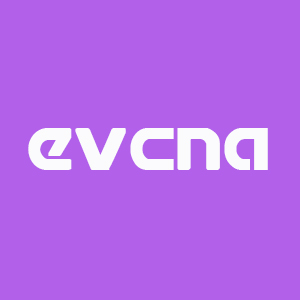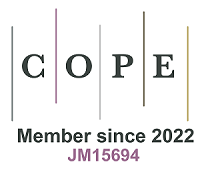REFERENCES
1. Chieregatti E, Meldolesi J. Regulated exocytosis: new organelles for non-secretory purposes. Nat Rev Mol Cell Biol. 2005;6:181-7.
2. Tran DT, Ten Hagen KG. Real-time insights into regulated exocytosis. J Cell Sci. 2017;130:1355-63.
4. Mukai K, Tsai M, Saito H, Galli SJ. Mast cells as sources of cytokines, chemokines and growth factors. Immunol Rev. 2018;282:121-50.
5. Pal S, Nath S, Meininger CJ, Gashley AA. Emerging roles of mast cells in the regulation of lymphatic immuno-physiology. Front Immunol. 2020;11:1234.
6. Vazquez TA, Lopez NL, Salinas Carmona MC. MASTer cell: chief immune modulator and inductor of antimicrobial immune response. Front Immunol. 2024;15:1360296.
7. Tei M. Role of IL-4 and IL-31 in mastocytosis. International Journal of Infection. 2024;8:18-19. Available from https://www.biolife-publisher.it/iji/role-of-il-4-and-il-31-in-mastocytosis/ [accessed 21 March 2025].
8. Omari S, Roded A, Eisenberg M, et al. Mast cell secretory granule fusion with amphisomes coordinates their homotypic fusion and release of exosomes. Cell Rep. 2024;43:114482.
9. Tanaka S, Takakuwa Y. A method for detailed analysis of the structure of mast cell secretory granules by negative contrast imaging. Sci Rep. 2016;6:23369.
10. Hummer BH, Maslar D, Soltero-Gutierrez M, de Leeuw NF, Asensio CS. Differential sorting behavior for soluble and transmembrane cargoes at the trans-Golgi network in endocrine cells. Mol Biol Cell. 2020;31:157-66.
11. Gangadaran P, Madhyastha H, Madhyastha R, et al. The emerging role of exosomes in innate immunity, diagnosis and therapy. Front Immunol. 2023;13:1085057.










